When combined with modern techniques and targeted prospecting, cold calling can be highly effective. By personalizing their approach and demonstrating an understanding of prospect needs, sales reps can create impactful conversations that convert leads into customers. Embracing a well-rounded sales approach that includes cold calling can expand reach, build relationships, and drive growth. In today’s competitive market, the power of cold calling should not be underestimated.
Definition of Cold Calling

Cold calling, historically defined as unsolicited phone-based or door-to-door sales interactions, has evolved in modern business practices. Today, many businesses opt for a variation known as a warm calling, where calls are made to potential customers sourced through lead-gathering efforts. While the prospect may not anticipate the call, the salesperson conducts prior research and establishes some form of connection, reducing the likelihood of an immediate hang-up.
Given these changes, the question arises: Is cold calling still relevant? Our answer is a resounding no. However, it requires a refined approach. Successful cold calling now demands effective techniques and strategies that engage prospects and build rapport. By personalizing interactions, leveraging prior knowledge, and focusing on providing value, businesses can navigate the shifting landscape of sales solicitation and unlock the potential of cold calling in their customer acquisition efforts. Cold calling may have evolved, but it remains a viable and valuable tool in the sales arsenal.
We have curated a collection of top-notch tips that will prove indispensable for your sales team in achieving victory in the realm of cold-calling:
Record Conversation

Utilizing call recording during cold calling sessions can be a powerful tool for self-improvement and skill enhancement. Especially in the early stages of cold calling, mistakes are bound to happen, and reviewing recorded calls allows for self-reflection.
By listening to call records, you can identify the areas where you excelled and where improvements can be made. For instance, pinpointing the moment a customer lost interest or identifying topics that piqued their interest can provide valuable insights. This analysis enables you to refine your skills and develop strategic approaches for future conversations.
Strategizing and planning your moves based on the lessons learned from call recordings can significantly boost your cold-calling success rates. By leveraging this tool to enhance your conversation techniques, you can increase your chances of engaging prospects effectively, securing their interest, and ultimately achieving your sales goals.
Practice Your Script before Call

After analyzing your call records and gaining insights into prospect reactions, questions, and interest triggers, it’s crucial to leverage this knowledge to enhance your cold calling success. One effective approach is to compile the key findings from your call analyses and create a well-prepared cold-calling script.
Crafting a script allows you to structure your conversations, present your motives clearly, and respond to prospect inquiries with precision. However, it’s important to strike a balance and ensure that your script sounds natural and engaging rather than robotic. Practice delivering your script, focusing on maintaining a conversational tone and adapting to the specific needs of each prospect.
By utilizing a well-prepared script and practicing its delivery, you can enhance your confidence, clarity, and overall effectiveness during cold calling. The script serves as a guide to keep you on track while allowing room for personalized interactions, leading to more engaging conversations and increased chances of successful outcomes.
Face the Rejection

Rejection is an inevitable part of the sales industry, and it’s essential to embrace it as a natural aspect of the process. Not every individual or business will be interested in your product, and there can be various reasons behind it. Many sales representatives become fixated on finding the most promising prospects on their list in pursuit of a guaranteed win. While this approach may be suitable for larger sales, when it comes to cold calling, it’s important to work through every prospect.
By engaging with a larger pool of prospects, your rejection rate may increase, but so will your number of successes. Each rejection brings you closer to a potential customer who sees value in your offering. To maximize efficiency, you can leverage a CRM dialer, which allows for faster and more streamlined calls, enabling you to connect with more prospects within a given timeframe.
Maintaining a positive sales enthusiasm and persistence, along with leveraging tools like a CRM dialer, can help you navigate through rejections and ultimately increase your chances of securing successful sales. Remember, every rejection is an opportunity to learn, adapt, and move closer to those valuable wins.
Make a Perfect Call Schedule

Timing plays a crucial role when it comes to cold calling. People are often busy and less likely to pick up or engage in a conversation if you reach out at the wrong time. To increase your chances of success, it’s important to do your research and identify a suitable calling time that works for both you and the prospect.
Take the time to understand their working hours, break times, and holidays. While prospects may not be willing to have a lengthy conversation during office hours, they might be more open to a brief interaction during their breaks. By considering these factors, you can optimize your chances of connecting with them effectively.
According to an inside sales study, Wednesdays and Thursdays are generally regarded as the best days to engage prospects with your calls. These days, they tend to offer higher levels of receptiveness and engagement. However, it’s essential to remember that every prospect is unique, so be open to adjusting your approach based on their individual preferences and availability.
By conducting thorough research and aligning your calling efforts with suitable times, you can maximize the likelihood of engaging prospects in meaningful conversations and increase your overall success rate in cold calling.
Take It Slow

In today’s market, where customers have access to abundant information and options, it’s important to recognize that decision-making takes time. Converting a prospect on the first cold call is often challenging, and it’s crucial not to get discouraged by that fact. Instead of solely aiming for an immediate sale, shift your focus towards progressing the prospect to the next stage of the sales pipeline.
The primary objective of a cold call should be to establish a foundation for further engagement. By successfully setting up an appointment or securing a commitment for a follow-up discussion, you have achieved a significant milestone. This allows you to continue building rapport, addressing their needs, and nurturing the relationship.
Understanding that the initial cold call is a stepping stone rather than the final destination helps alleviate pressure and enables a more patient and strategic approach. It allows you to focus on gathering relevant information, addressing objections, and positioning yourself as a valuable resource.
By shifting your mindset and focusing on progressing the prospect in the sales process, you can build a solid foundation for future interactions and increase the likelihood of converting them into a customer down the line. Remember, each successful step forward brings you closer to achieving your ultimate goal.
Conclusion

In conclusion, cold calling remains a valuable tool in the sales arsenal, but it requires the right approach and mindset to yield positive results. While rejection is a natural part of the process, embracing it and persisting through each prospect can lead to increased success rates. By analyzing call records, crafting effective scripts, and finding suitable calling times, sales reps can enhance their performance and engage prospects more effectively. It’s important to remember that the goal of a cold call is not always an immediate sale but rather to progress the prospect to the next stage of the sales pipeline. With patience, perseverance, and a focus on building relationships, cold calling can be a valuable tool for driving sales and achieving business success.




